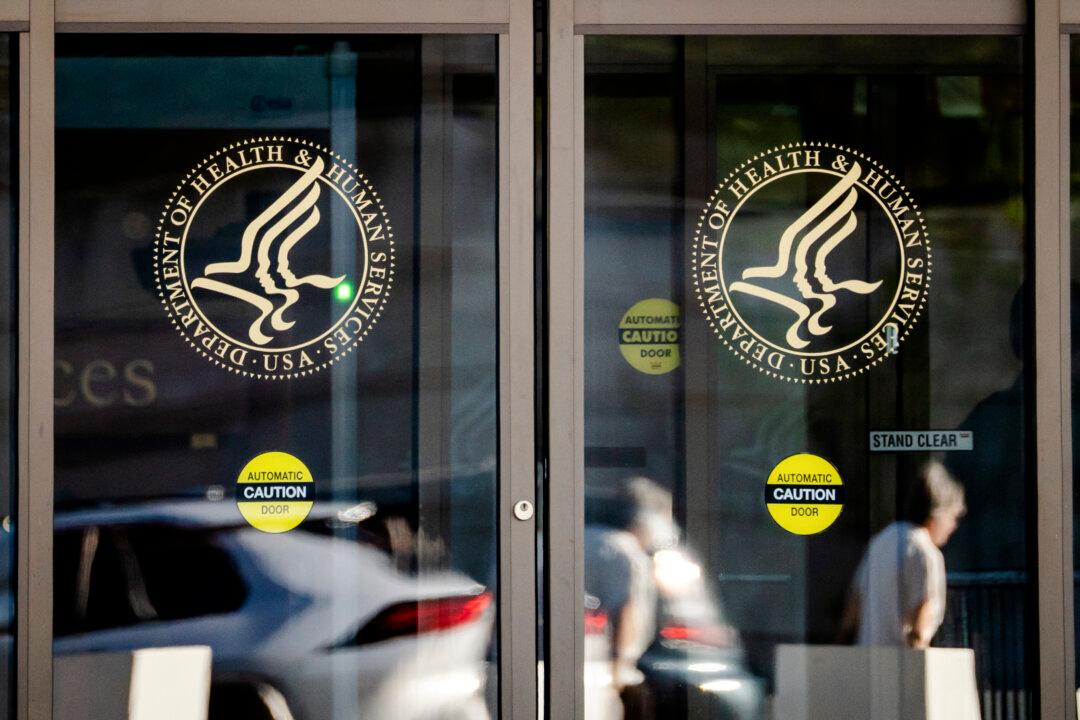The most common symptoms for patients requiring hospital care for COVID-19 are cough, fever, and shortness of breath, according to a large study of patients in hospitals in the United Kingdom.
Researchers looked at 16,749 patients across 166 hospitals between Feb. 6 and April 18. That number equaled 14.7 percent of people who tested positive for the new disease and 28 percent of hospital admissions in the UK.





